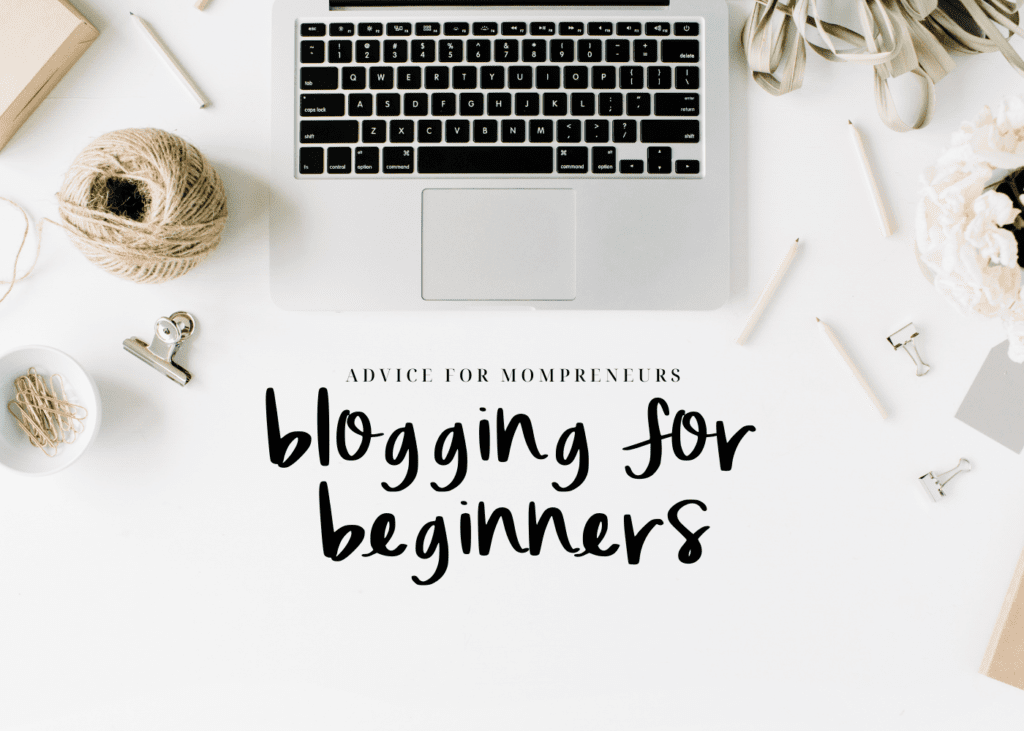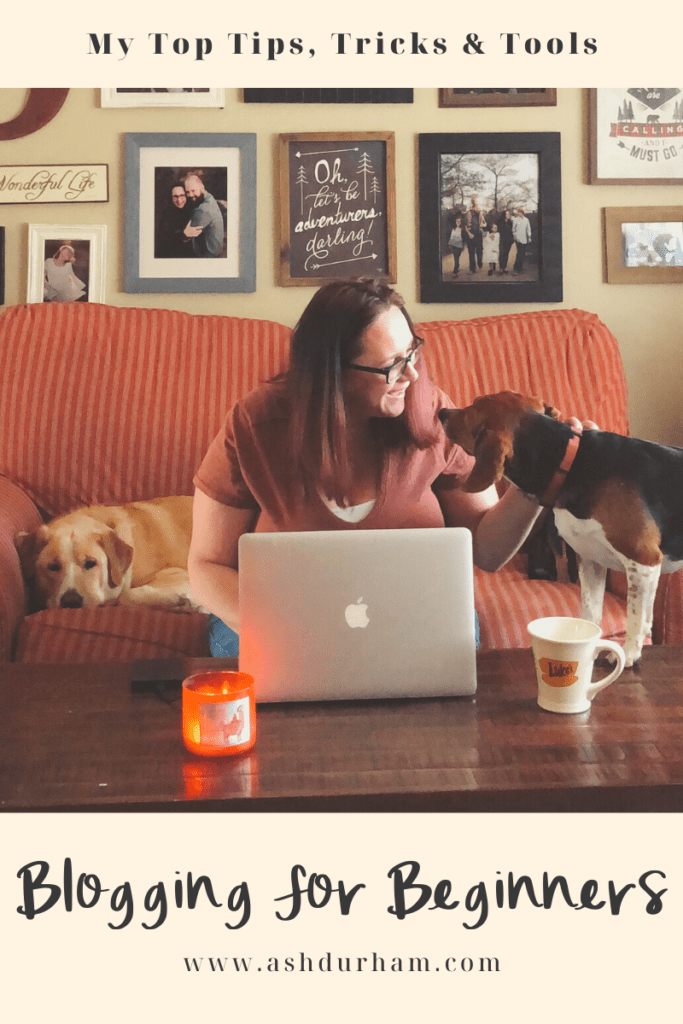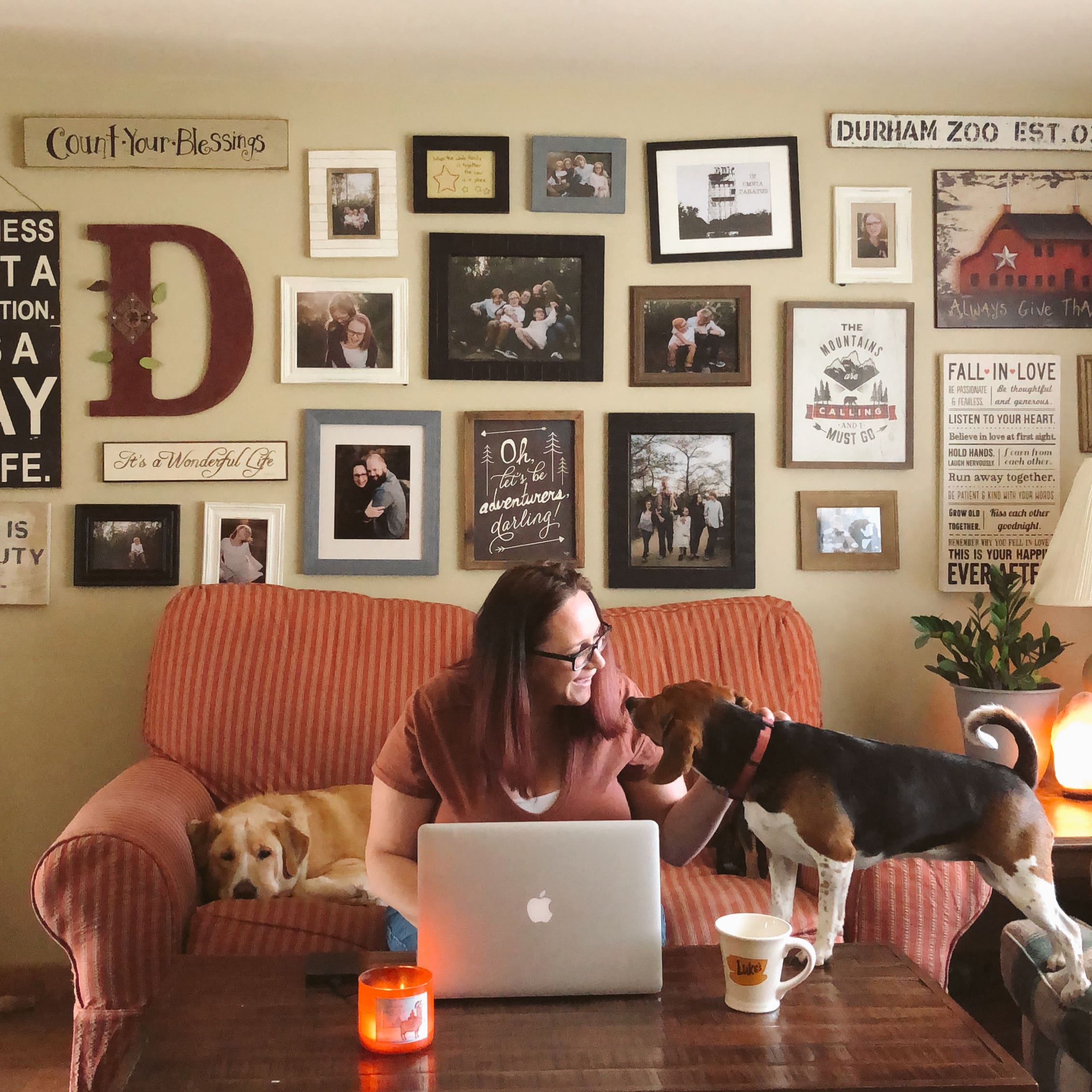
Over the last six years, I have consistently been blogging on my website and when I started I wish there had been a blogging for beginners … or rather, for dummies! I made so many mistakes over the years, and learned a lot about blogging, monetizing and SEO through lots of trial and error. If I can help another mompreneur out with making things easier on them, I’m all about that. So let’s get strarted!
Blogging has honestly become such an important part of my business and workflow that I can’t imagine my life without it. I’ve always shared a little bit of my personal life on here, but over the last couple of years I have really focused more on my blog being my little slice of the internet. I went from blogging all about weddings and photography, to sharing behind the scenes about business and my life … and now it’s almost all personal stuff with business interwoven into it.
I love blogging so much that I’ve started offering Ghost Writing as part of my Virtual Assistant services. Most entrepreneurs don’t like writing nearly as much as I do, nor do they have the patience to learn all the little ins and outs of how to be successful blogger. So, with that in mind, I thought I’d share a beginner’s guide to blogging, to help those that want to start blogging but feel so overwhelmed by the process that it makes them not even want to start.
A Beginner’s Guide to Blogging
There are a few important things to think about when blogging. I am going to try to make this as simple as humanly possible for you!
Blog Do’s
- Blogs should be a minimum of 300 words.
- Use internal and external links, and when using external links be sure you have the links open in a new tab.
- Put your blog’s keyword or key phrase in a header within the text of the blog (H2 or H3).
- Tag your blogs to be able to share relatable content. More on this in a second!
- Add blogs to categories to make it super easy for your readers to find interesting content.
- Add a featured image.
- Check the Yoast plugin to get that green light!
- And don’t forget alt text for your images!
Blog Don’t’s
- Don’t overstuff keywords into your blog copy or alt text for images.
- Photos or images are important – don’t forget to use one!
- Don’t reuse blog titles.
- Do not mistake tags for keywords.
- And don’t ever (ever, ever, ever) plagiarize!
My Favorite Plugins for Blogs
I don’t use a ton of plugins, but these are my absolute top recommendations for anyone who wants to get serious about blogging.
- Pin Master (for Pinterest)
- Yoast (for SEO)
- Akismet (for blocking spam comments)
- Jetpack (for publicizing and analytics)
Let’s Talk About Keywords and Blog Tags
This is a super common mistake I see with bloggers when they ask me to come in and start writing for them. First, let’s go over what the difference is:
Keywords (or Key Phrases) are what you want to rank for with your SEO (Search Engine Optimization). An example of this would be “ghost blogger for photographers.” You’ll want to use this keyword (or key phrase) in the blog title, the slug (URL), in a subheading (H2 or H3) and depending on how long your blog is, a couple of times in the text. You’ll also want to use that key phrase in the alt text in at least one of your images (but no, not in all of them!).
Blog tags describe what’s in the blog, so you can tag the content for search ease or sharing. An example of this would be “blogging,” or “business advice.”
So, what’s the difference? One is for SEO purposes, and one is for organizational purposes.
Here’s an example of what you can do with blog tags. You can add links like this: https://ashdurham.com/tag/social-media/ into your blogs when you’re talking about social media. See what I mean?
Let’s say you’re a wedding photographer like I used to be, you could use blog tags for vendors you work with so you can show potential clients “oh yeah, I love working with Roman from Over the Rainbow Bakery in Palm Springs!” and it’ll show them every single time you’ve worked with that vendor.

Tips for Using Images in Blogs
Add images! Blogs need to have at least one image, and shouldn’t be so overloaded with large images that it takes forever for your site to load.
Start with an engaging image. Think of a newspaper, what grabs your attention when you pick a paper up and look at the front page? The headline and the photo. It’s the same thing with blogging!
Resize your images for your blog. I love to use BlogStomp for my images, because I can group them together and resize them for my site. If you make the images way too big, readers can’t always see them on their phones and tablets and you want to make sure your website and blog are as mobile-friendly as humanly possible. And make sure your images aren’t wider than the text!
Use alt text to describe your images, but don’t stuff them with keywords and key phrases. Alt text should be used to describe what is in the image, not what you want to be searched for on Google. You don’t want to say, for example, “Palm Springs Wedding Photographer” over and over again in alt text; instead, you want to describe the image. “Bride walking down the aisle at the Ace Hotel” or “Wedding party on the golf course in La Quinta.” If you overstuff images and your blog with keywords, Google will know it and cheaters never prosper, friends!
Create awesome infographics. I love to use Canva for my infographics! I upgraded to pro level so I could upload my own fonts and have access to all the templates. Canva makes it foolproof to create everything you could possibly need for sharing information! The free version is awesome, too, if you don’t need to be branded so specifically.
Ashley Durham is a mompreneur and network marketer who loves to help other moms grow their businesses online, offering virtual assistance and mentoring. If you have specific questions about blogging services, please send me an email!
